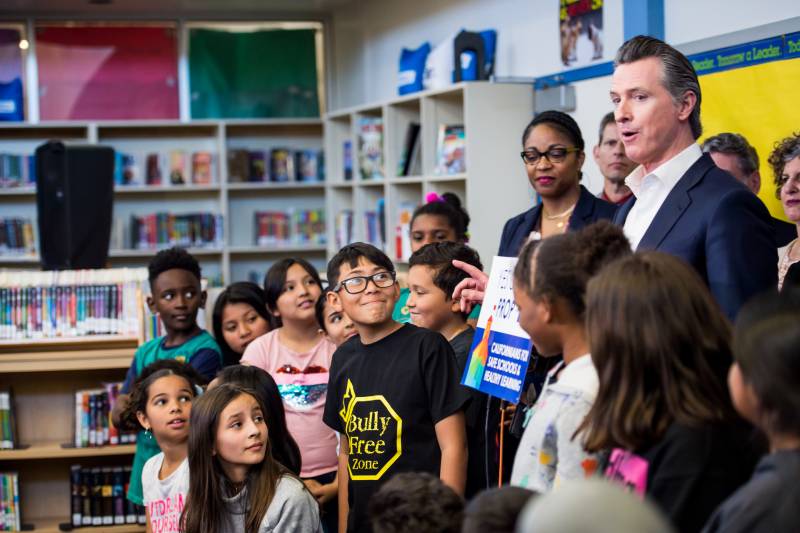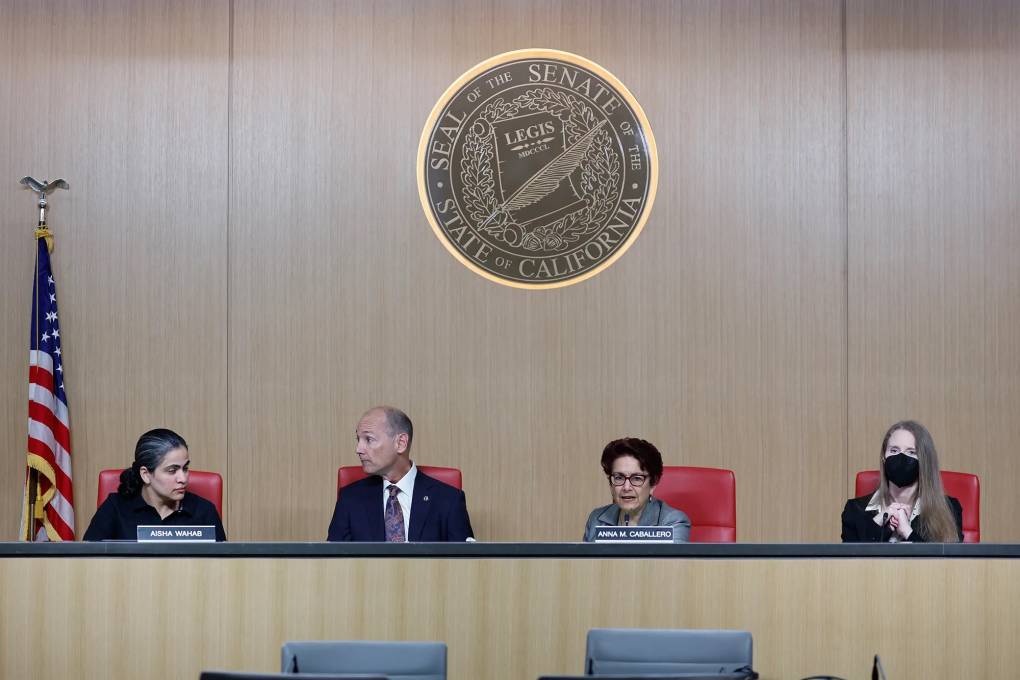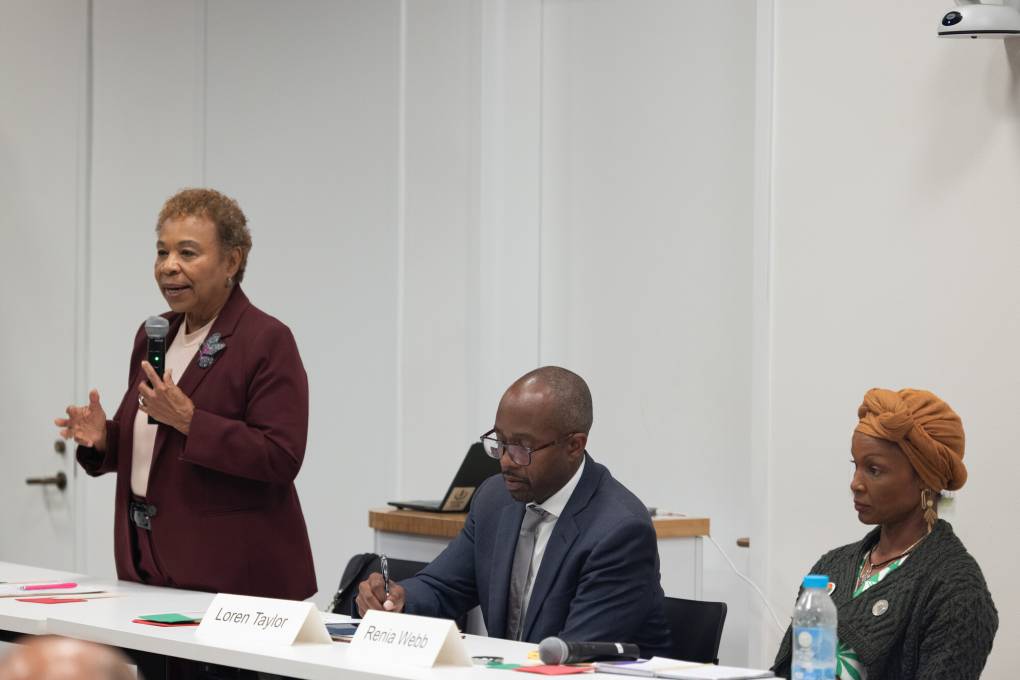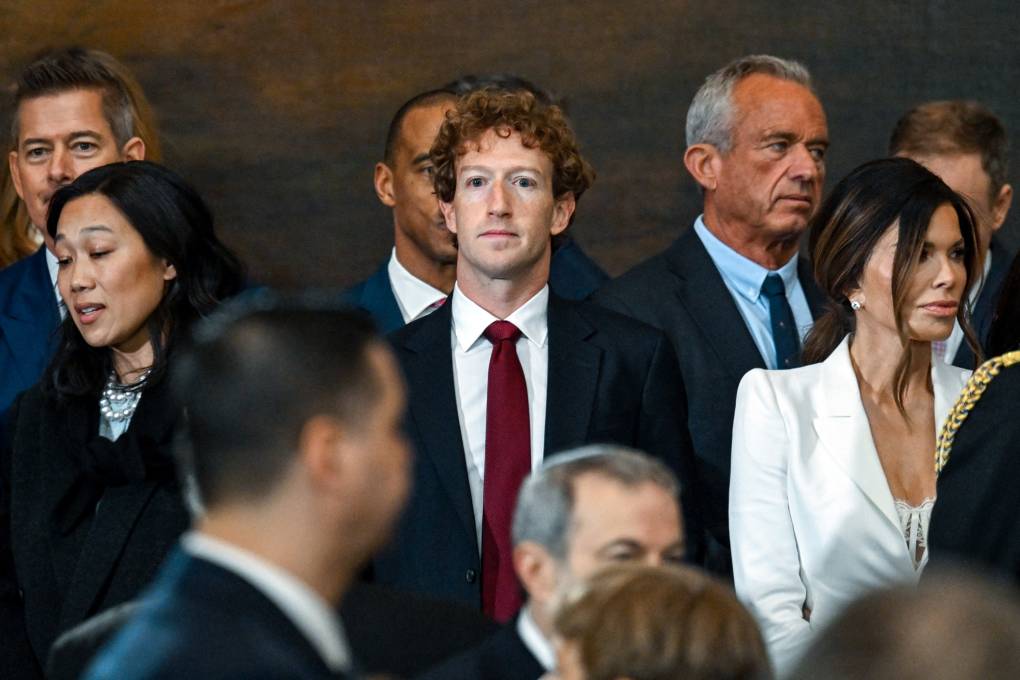Still, the governor acknowledged that many parents would not wholeheartedly embrace a return to class for their children, either because of health concerns, or because they have come to prefer distance learning.
He wants to assuage concerns by spending $2 billion on improving school building ventilation and coronavirus testing. And he is proposing to reform the state's traditional remote learning option, called independent study, in anticipation of heightened interest.
"We recognize we got a lot more work still to do to deal with anxiety, not just with teachers but with parents, about our ability to safely bring back kids into full-time in-person instruction," Newsom said.
Newsom's announcement was celebrated by parent groups who have advocated for a full return to in-person instruction. Those groups have argued that allowing school districts the flexibility to offer distance learning has led to predominately remote or hybrid instruction in districts like Fremont, Oakland and San Francisco, with disastrous impacts on learning and mental health.
"This is not a done deal and the devil’s in the final details, but this is a good sign," tweeted Decreasing the Distance, a San Francisco-based group advocating for re-opening.
The governor's proposal would revert the state's school guidelines to their pre-pandemic norm, in which school funding is determined by in-person attendance.
And the hybrid instruction in which some teachers or students are not physically in the classroom (sometimes called "Zoom in a Room") will not be accepted as in-person instruction.
Instead, school districts will be allowed (but not required) to offer an independent study option for families who want to stick with distance learning.
"It seems like the governor is pointing toward a fair compromise which should prioritize full-time in-person instruction for all families who want it, while still leaving open existing options for school districts to provide some form of online learning and virtual academies for those families who feel it works better for their situation," said Troy Flint, spokesman for the California School Boards Association.
Independent study was first authorized in 1976 as an alternative for students with unique circumstances, such as child actors or athletes, who were unable to make it into class every day. It remains a limited program; in 2015, just 2% of students received a majority of their instruction through independent study, according to the state Department of Education.
In anticipation of higher interest in independent study next year, the Newsom administration is proposing more guardrails on the program, requiring districts to provide internet connectivity to students and track their daily interaction with teachers.



